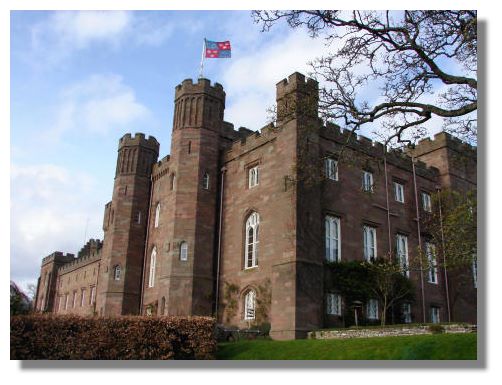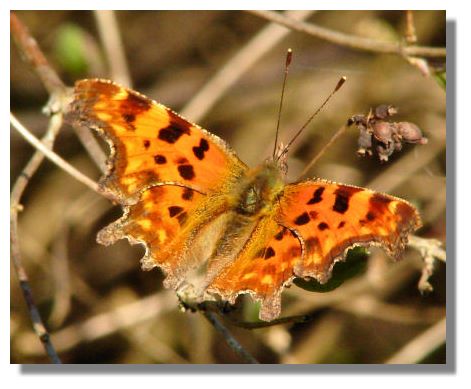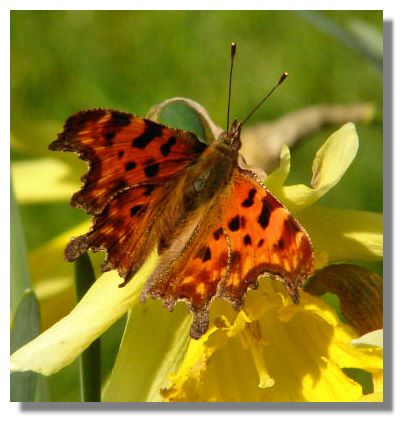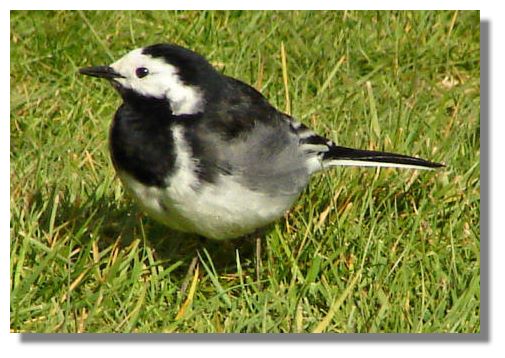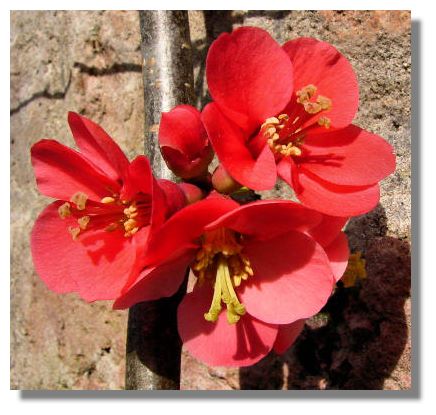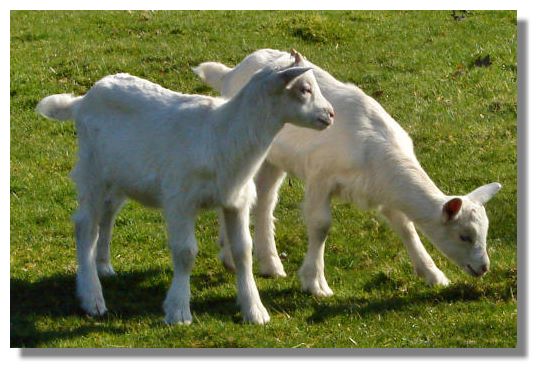Each week the Rampant Scotland Newsletter includes a number of photographs which illustrate the weather and the seasons, plus the flora and fauna of the current week around Scotland. There are often so many such graphics of Scottish subjects worth including that this separate "colour supplement" is created where some of the best pictures can be displayed in a larger format. Here is this week's crop of Scottish views!
Due to the continued spell good weather, I visited Scone Palace in Perthshire twice, taking lots of photographs there. So on this occasion the supplement has been expanded to two pages - there is a link to the second page after the last picture on this page. All the photographs were taken at Scone or close by.
It was Kenneth mac Alpin who moved his centre of power to Scone (pronounced Scoon) and Dunkeld in the 9th century as his western province of Dalriada (Argyll) came under increasing pressure from the Vikings. The Stone of Destiny, on which generations of kings had been enthroned, was also moved to Scone. These days, there is only a replica in the grounds (the real Stone of Destiny is - probably - the one in Edinburgh Castle). In 1498, the first Lord Mansfield, (a descendant of Freskin de Moravia, a Flemish noble who came to Scotland and founded the Murray family), branched off from the Earls of Atholl (later the Dukes of Atholl). The Mansfields later became Lord Stormont. The Third Lord Stormont held the last coronation to be held in Scotland when Charles II was crowned at Moot Hill at Scone.
The Comma butterfly declined dramatically in Britain in the 19th century and by 1920 there were only two sightings in the UK. It has since staged a dramatic come-back, mainly in the south of England. But a few have been seen in Scotland, though the numbers reported to the Butterfly Conservation Scotland in recent years have been in single figures. I was fortunate to see one three years ago (a rather ragged specimen) so I was delighted to see this perfect specimen. It will have hibernated over the winter and the recent warmer weather will have enticed it out.
Not content with posing for the camera on a branch of a shrub, this one rested in the sunshine on a daffodil. The Comma gets its name from a white marking on the underside of its wing that looks like the punctuation mark. Commas were last known to have bred in Scotland 180 years ago. It is not clear at this stage whether the ones being seen in Scotland have flown from the south or have hibernated over the winter here.
The Pied Wagtail's jerky walk and bobbing tail make it a popular bird in open parkland or beside rivers and streams - it can catch insects in mid-air. It is a shy bird, so getting close for a photograph is a rare event!
Chaenomeles - flowering quince - produce clusters of blossom on bare branches. Each flower is about 2" across. The shrub is often trained against a wall, as here.
There are lots of spring lambs in the fields but Scone Palace has a small flock of goats and these two kids are part of its next generation. Even at this young age, the young male kid has its horns starting to show.Don't forget that there is a second page to the Colour Supplement this week. Click here for Page 2
If you want to look back at earlier editions of this Colour Supplement, there is an Index Page
